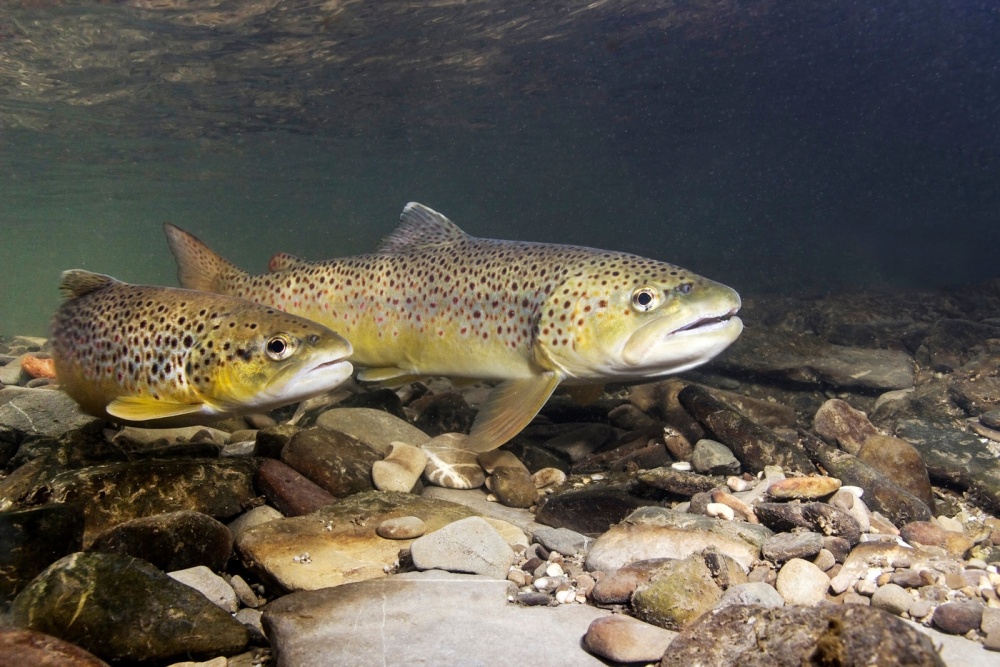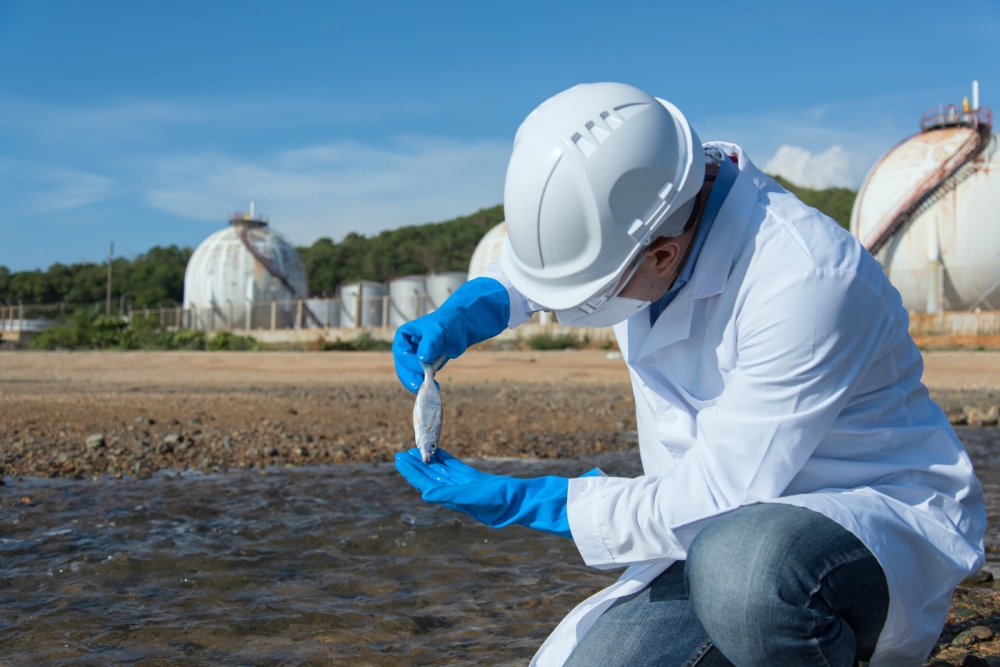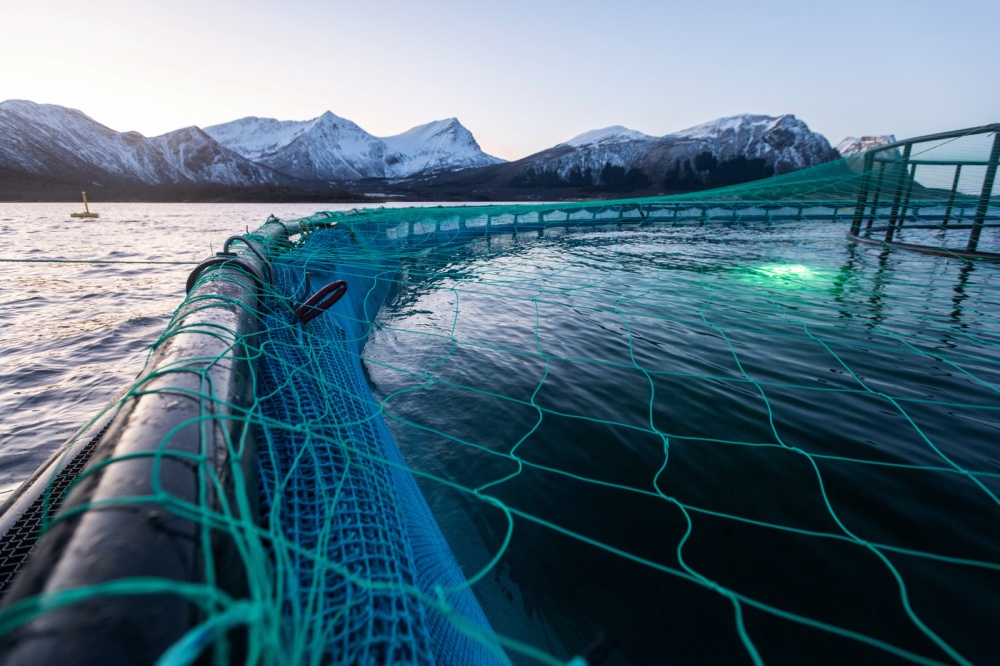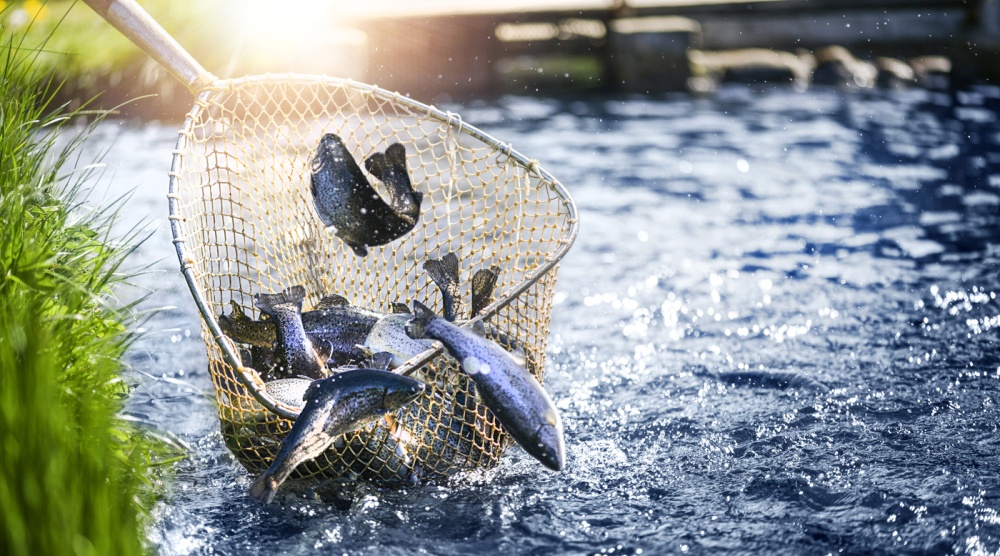1. Chile Report: Salmon Farming
At the beginning of 2019, we took the opportunity to visit salmon farming operations in the Chilean summer.
Dying fish in the Oder river and surrounding waters have recently attracted media attention, raising critical questions about threats to fish stocks. Bonafide explains why fish are sensitive when it comes to their living conditions and why sustainable aquaculture is necessary for global fish stocks to recover.
Researchers continue to search for the cause of the fish deaths in the Oder. Suspicions have long since moved beyond hot weather conditions and increased water salinity, with evidence of toxic "golden alga" pointing to an algal bloom as the cause of the environmental drama. Not least, researchers suspect the illegal dumping of chemical waste. With hundreds of tons of dead fish in the Polish-German border regions, this environmental catastrophe has raised general questions about threats to fish stocks. And understandably so. But while we are saddened by the news of fish deaths in the Oder, we see the situation as an opportunity for people to improve their knowledge and understanding of the fishing industry in general. In this country, we are – rightly – greatly concerned with the agricultural industry and finding solutions to reduce our carbon footprint on land. But it is high time that we paid more attention to the "blue economy" and cleared up outdated facts and misconceptions about fish farming. Because if it were about environmental progress, the industry would long have deserved to be in the headlines for positive reasons.

Water is to fish what air is to humans. It is therefore not surprising that fish react immediately to fluctuations in water quality. But what causes changes in bodies of water? In summer, for example, water levels change due to the heat, which has an effect on the concentration of nutrients and pollutants in the water. Climate change is increasing these low-water conditions, resulting in the disturbance of natural ecosystems. As the concentration of pollutants in the water rises, the risk of fish dying also rises. Overall, the water temperature, the oxygen content in the water, and similar factors play a central role in the fish's survival.

But the increasing regulation of rivers and drainage systems also pose a threat to animals and plants. Hydropower is now one of our main sources of renewable energy. This means that most of the world's great rivers, our "lifelines", are now obstructed or diverted in some way. The main victims of dams and river diversions are migratory fish species. These animals are now under threat “in the wild”, in their natural habitats, as the example of the Oder river ultimately shows. In particular, when there are changes to the environment (due to climate change, pollution or overfishing), and when humans are often to blame for these changes, we need a new approach to fisheries management. The fact that an entire "population" of fish has died out in a short period of time once again demonstrates how sensitive fish are when it comes to their living conditions. This is an issue that the aquaculture industry has been grappling with for the last 15 to 20 years.
Aquaculture refers to the farming and harvesting of fish and other organisms in all types of aquatic environments. In order to establish sustainable aquacultures, the fish require suitable habitats. Once these are in place, they must be maintained, and monitoring is key. In aquacultures, fish can be monitored almost 24/7 to ensure their safe growth at every stage of the life cycle. In the best-case scenario, potential health problems and/or infestations can be detected when just a handful of fish are affected. As with other industries, fish farming is extremely dependent on technological progress in this regard.
Many people believe that fish funds only invest in Norwegian salmon. But this is not true. Many companies around the world farm sustainably, keep a strict eye on water quality and forgo the use of antibiotics. The Bonafide Global Fish Fund portfolio is globally positioned, consisting of stocks from North and South America, Asia and Australia. The equity fund covers the entire value chain for the fish & seafood sector: fish farmers make up just 30 percent of the portfolio, with the rest consisting of upstream and downstream processes. These include, for example, feed producers, manufacturers of aquaculture pens, and logistics companies.

Overfishing continues to be a serious problem. In certain regions and for certain fish species, tighter catch quotas are required to counteract overfishing. Here’s an example: after a certain species of mackerel in the Pacific was threatened with extinction due to overfishing off the Chilean coast, fishing quotas were massively reduced for more than ten years. Today, stocks have recovered. In addition to catch quotas, which are absolutely necessary, an important part of future solutions will involve sustainable, monitored aquaculture. In the media, we repeatedly see documentaries about the harmful nature of fish farming. But these documentaries focus on entirely negative examples. There is also another way to do it. When Norwegians farm salmon in their fjords, they usually do it in such a way that they can continue for years to come. They don’t farm so intensively that they destroy the basis of their business. Bonafide invests in strictly regulated fish farms. Ultimately, we have to look at fish farming in relation to the agricultural industry: instead of steak, we are better off eating salmon. Salmon requires much less time and fewer resources (water & space) to grow than beef.
To date, we have hardly exploited the ocean as a resource. Out of ignorance, we have made many mistakes and the oceans have been polluted. If exploited sustainably, however, the oceans are a vast reservoir that can feed millions of people. The world's population is growing, and so is the demand for fish. According to the Food and Agriculture Organisation of the United Nations (FAO), food from our oceans provides at least 20 per cent of the average per capita intake of animal protein for 3.3 billion people. Every second fish on our plates already comes from aquaculture, and while wild catches are reaching their limits, fish farms continue to offer huge growth potential.

Comments